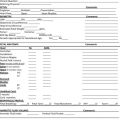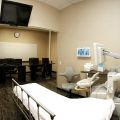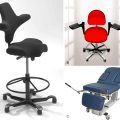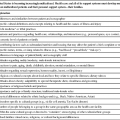Students who successfully complete this chapter will be able to do the following: • Describe the functional skills expected of a diagnostic medical sonographer. • Discuss the need for continuing education and describe the role played by the American Registry for Diagnostic Medical Sonography. • Describe the operational, interpretive, and administrative duties, as well as the ongoing activities of a staff sonographer. • Are engaged in predominantly intellectual and varied work, as opposed to routine, manual, mental, mechanical, or physical jobs • Are required to consistently exercise judgment and discretion • Produce work that cannot be standardized in relation to a given period of time • Possess advanced knowledge of a scientific field that can be acquired only by prolonged intellectual instruction and study at an institution of higher learning
Professional Development and Leadership
Profession versus occupation
Sonographer qualities
![]()
Stay updated, free articles. Join our Telegram channel

Full access? Get Clinical Tree


Radiology Key
Fastest Radiology Insight Engine






